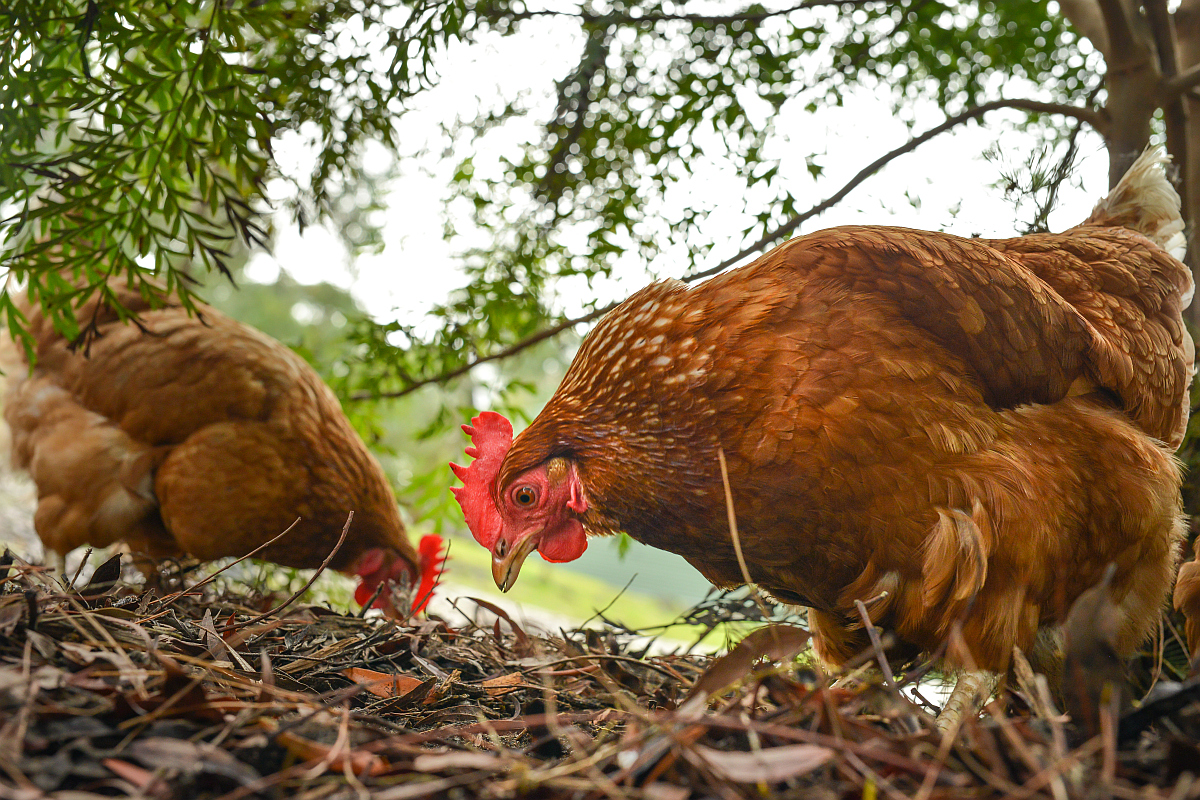One thing that has been an omnipresent fact for almost the past two years is the importance of having a strong immune system to fight off any unforeseen pandemic. As the general public is becoming more cognizant and aware of building a healthy lifestyle, various kinds of dietary trends have been paving the way.
But what’s consistent is the imperative role of dietary protein in maintaining immunity or aiding in recovery. And why not, because protein is the only macronutrient that functions as an enzyme, hormone, antibody, and helps in wound healing and tissue regeneration or repair.
Advertisement
This much-needed awareness has led people to explore everyday high-quality protein sources readily available to them, and also balancing the intake of animal-based and plant-based protein in case of a flexitarian.
The rise and growth of middle class in the country is further boosting demand for poultry products both packaged and non-packaged products. Owing to this poultry producers have reduced the prices by lowering production and marketing costs.
As per the Agricultural and Processed Food Products Export Development Authority of India, poultry is one of the fastest-growing segments of the agricultural sector in India today. As a result, India is now the world’s fifth-largest egg producer and the eighteenth largest producer of broilers.
Poultry is a good source of protein, vitamins and minerals, such as iron, selenium, zinc, and B vitamins. It is also one of the main sources of vitamin B12. Poultry meat is rich in omega-3 fats and is an important provider of essential polyunsaturated fatty acids (PUFAs).
Now, while much importance is laid on the source or type of protein or its amino acid profile, a similar kind of emphasis should be laid upon the procurement of the type of protein you consume, especially in the case of animal-based protein sources that usually includes poultry, livestock, and seafood. It’s not only about what you consume as a protein source but also what your protein source is being fed (in the case of animal-based protein sources).
The predominant feed grain used in poultry feeds worldwide is maize. The plant protein source traditionally used for feed manufacture is soybean meal, which is the preferred source for poultry feed. Feed supplements like probiotics, vitamins, minerals, amino acids, mold inhibitors, enzymes, preservatives, antioxidants, etc. are mostly imported.
The grains that are usually fed to the poultry in India are corn, sorghum grains (milo) barley, rye, oats, wheat, wheat middling, and various grain by-products. Most of these feed grains like maize, barley, safflower, milo, wheat, rice, bran, etc. also contain 2-5% fat which must be present in the feed to allow young animals to develop healthily.
Wheat is considered one of the best grains for poultry and a proportion of other grains must be included with wheat to maintain a balanced feed. Oats and barley are considered a good source too.
Providing healthy and nutritious food to poultry is extremely important for its growth and overall health. The energy requirements of each poultry vary depending on factors like bird age and the status of its production. Improper poultry feed can lead to nutritional stress and other health concerns.
When it comes to meeting the protein requirements of the poultry, soy feed is the best to match the health status. Soybean is a universally accepted animal feed owing to its to favourable attributes such as relatively high protein content and suitable amino acid profile and ready availability all year-round.
Commonly used soybean products as a protein source in animal feed are soybean meal, full-fat soybean, and soybean protein concentrates. Soybean is also a major source of vegetable fat in animal feed. Feed-grade soybean oil is popularly used in high-energy diets, particularly for poultry, because of its high digestibility.
In India, Right to Protein has introduced a voluntary label ‘Soy-fed’ which aims to set a new benchmark in the animal-protein industry. Soybean is an important protein source for livestock rearing. It provides a well-proportioned food profile consisting of all essential amino acids without any anti-nutrition effect.











